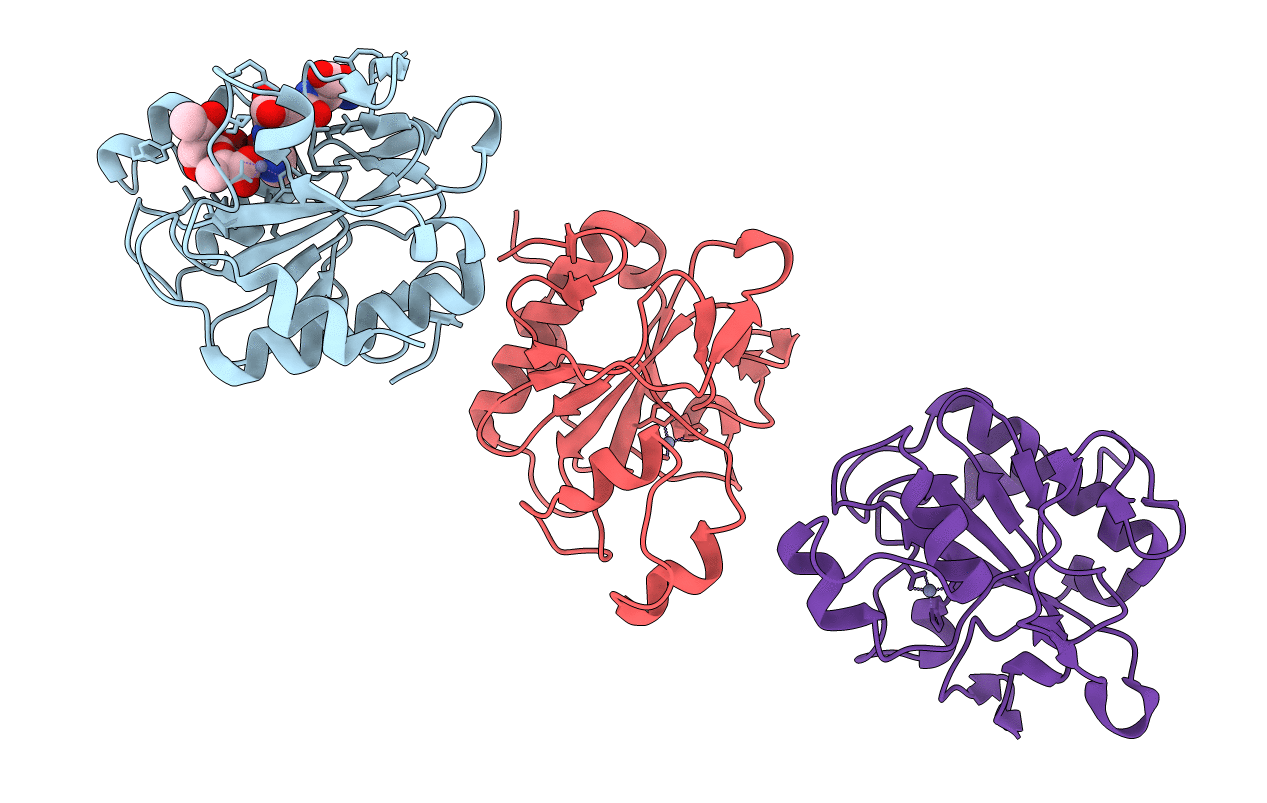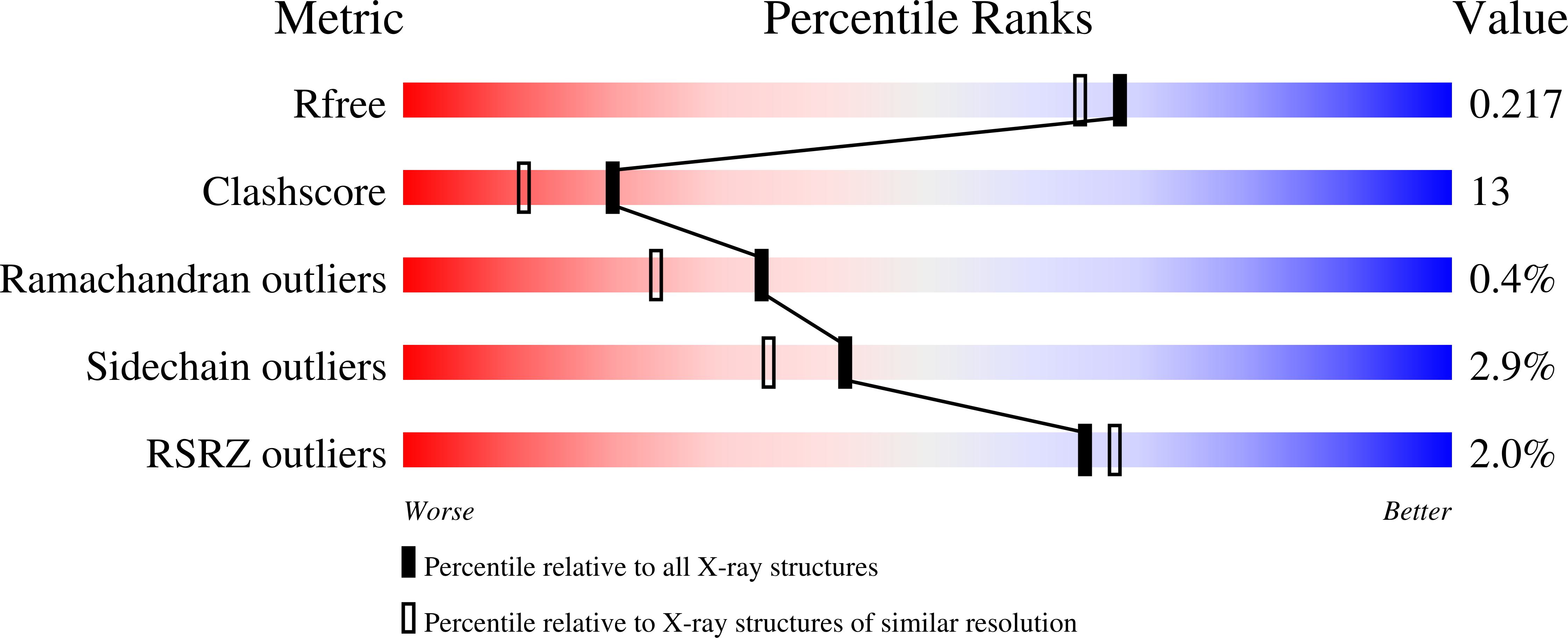
Deposition Date
2010-12-14
Release Date
2011-07-20
Last Version Date
2024-01-31
Entry Detail
Biological Source:
Source Organism:
CITROBACTER FREUNDII (Taxon ID: 546)
Host Organism:
Method Details:
Experimental Method:
Resolution:
1.90 Å
R-Value Free:
0.22
R-Value Work:
0.16
R-Value Observed:
0.17
Space Group:
P 32


